How to Choose the Best 4-in-1 Detectors
In industrial safety, environmental monitoring, or emergency rescue scenarios, the four-in-one gas detectors has become a core piece of equipment for safeguarding lives. This portable instrument, capable of simultaneously detecting combustible gases, oxygen, carbon monoxide, and hydrogen sulphide, is widely deployed in European and American mines, Middle Eastern petrochemical complexes, and Southeast Asian tunnel projects. Below, Eranntex's editorial team provides a scientific purchasing guide for global users, examining three dimensions: technical compatibility, scenario requirements, and brand service.
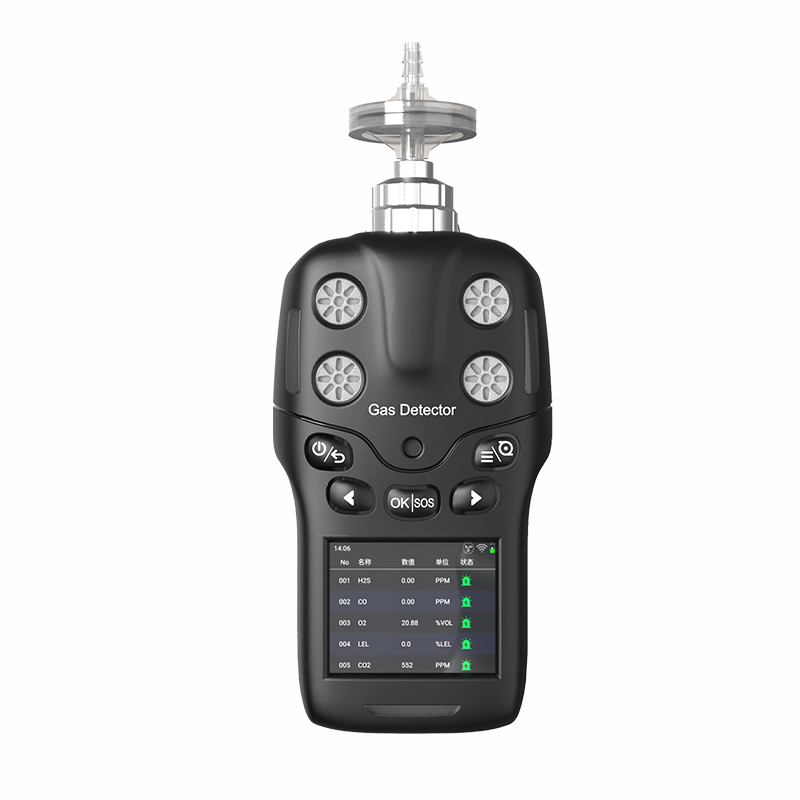
I. Precisely Matching Detection Needs: Technical Parameters Determine Safety
1. Sensor Types and Cross-Interference
Different gas sensors exhibit cross-sensitivity. For instance, catalytic combustion sensors may generate false alarms for hydrogen, while electrochemical sensors are prone to failure in high-temperature environments. Data from German TÜV-certified laboratories indicates that photoelectrochemical sensors demonstrate 40% greater interference resistance in methane detection compared to traditional catalytic combustion sensors. The US NIOSH standard explicitly mandates the use of non-catalytic combustion sensors in environments containing silicon compounds.
2. Detection Accuracy and Response Time
The chemical industry must meet OSHA's ±2% F.S. accuracy requirement, while mine rescue scenarios prioritise response times ≤15 seconds. Utilising ultraviolet short-path absorption cell technology, methane detection accuracy is enhanced to ±1% F.S. with response times reduced to 8 seconds. This technology has passed extreme environment testing by Petrobras.
3. Explosion-Proof Certification and Protection Rating
ATEX (EU), IECEx (International), and CSA (North America) certifications serve as market access credentials. Holding all three certifications alongside an IP68 protection rating enables withstanding -40°C temperatures and 1-metre water immersion, delivering outstanding performance in Alaska oilfields and North Sea drilling platforms.
II. Scenario-Based Solutions: From Laboratories to Extreme Environments
1. Open-space inspections
Lightweight equipment is essential for scenarios like tunnel construction and warehousing logistics. Featuring dual vibration/audible-visual alarms, it enabled 24-hour continuous monitoring during Hanoi Metro construction in Vietnam. While its diffusion sampling design conserves energy, external pump modules are required for confined spaces.
2. Confined space operations
Gas displacement testing is mandatory prior to entering storage tanks. Its dual-sensor redundancy design achieves a false alarm rate below 0.5% in coal mines, though its 450g weight limits mobile inspection efficiency. While pump-assisted accessories add RMB 2,000 to the cost, they enable sampling from distances up to 15 metres.
3. Adaptability to Extreme Environments
Saudi Aramco requires stable operation at 55°C. Special encapsulation technology maintains the X4 model's ±1.5% F.S. accuracy in Kuwaiti oilfields. Anti-condensation sensors developed for high-humidity environments reduced failure rates by 60% in Malaysian palm oil processing plants.
From refineries to construction sites, the core rationale for selecting quadruple detectors remains consistent: finding the optimal solution balancing safety thresholds, operational scenarios, and budgetary constraints. Users are advised to prioritise participation in on-site testing provided by manufacturers, verifying equipment performance under actual working conditions rather than relying solely on laboratory data. After all, in decisions concerning life safety, real-world validation always carries greater weight than specification sheets.
Related information
-
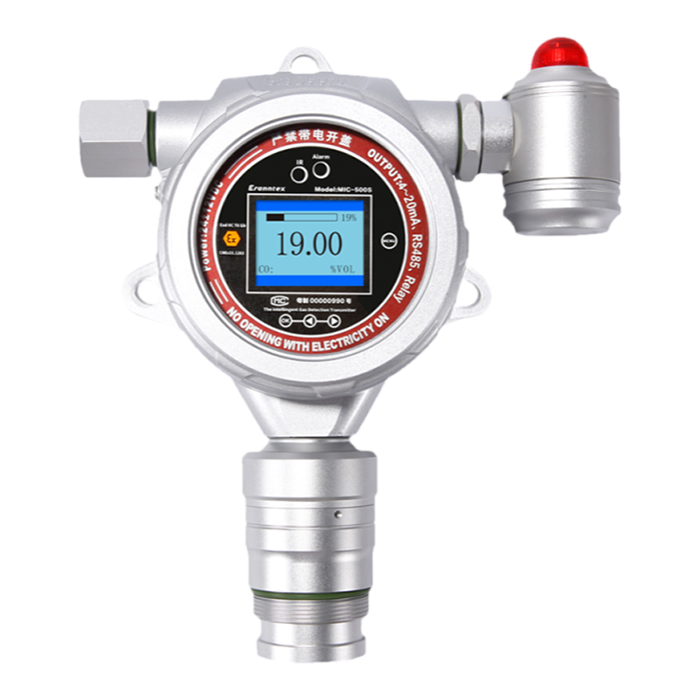
Combustible Gas Detectors: Your First Line of Defense
In today\'s society, whether in cosy domestic settings, bustling industrial environments, or challenging outdoor work zones, combu...
2025-10-31 -

How to Test Your Oxygen Detectors Effectively?
In today\'s society, where safety and health are paramount, oxygen detectors serve as vital equipment safeguarding us from the d...
2025-10-29 -

Oxygen Detectors: Your Key to a Safer Environment
In the global pursuit of safety and healthy living, oxygen detectors are increasingly becoming indispensable equipment for safeg...
2025-10-27 -
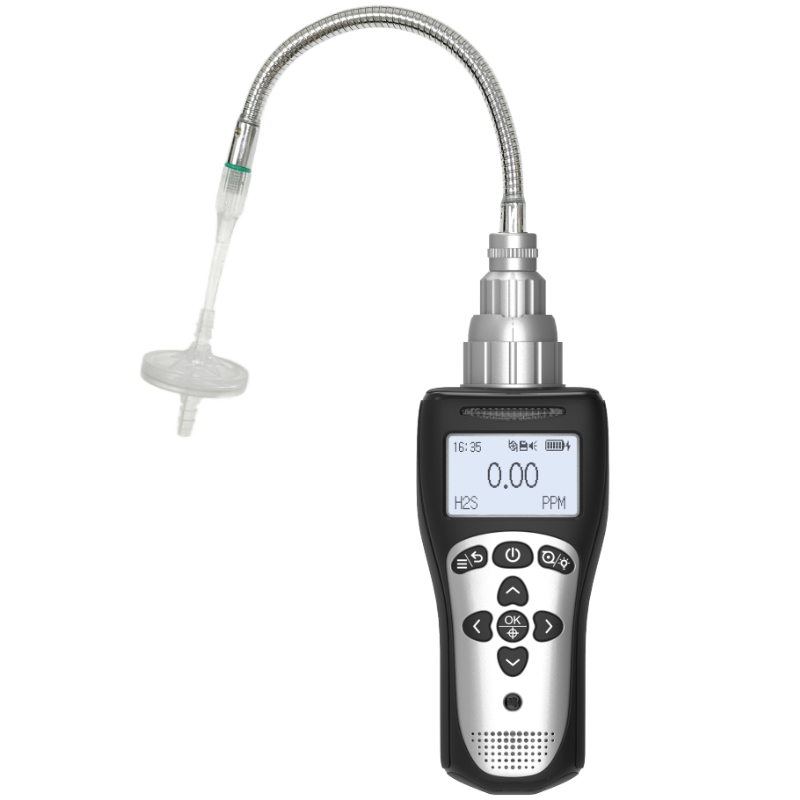
6 Types of Oxygen Detectors You Should Know About
In countless industrial, commercial, and research settings, oxygen serves as both the source of life and a potential hazard. Insuf...
2025-10-24 -

How Often Should You Replace Your Oxygen Detectors?
In today\'s society, oxygen detectors play a vital role across industrial production, underground operations, and specific domesti...
2025-10-22

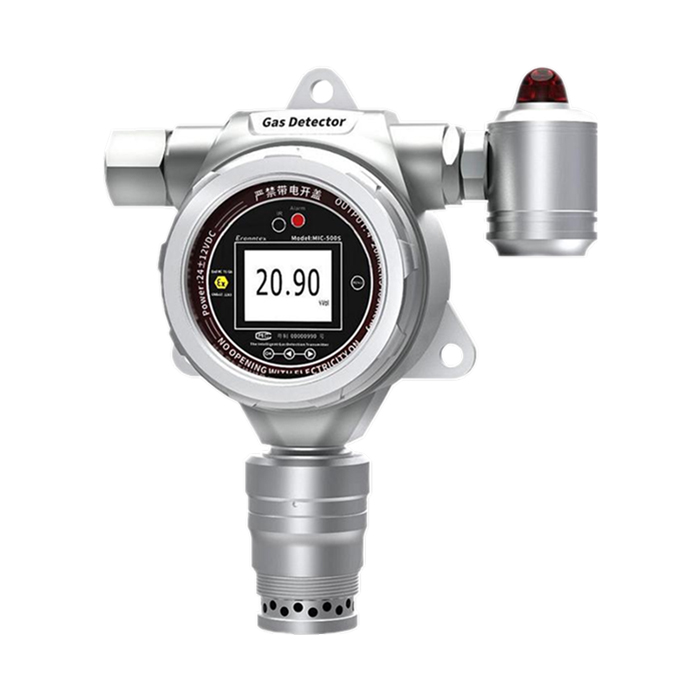
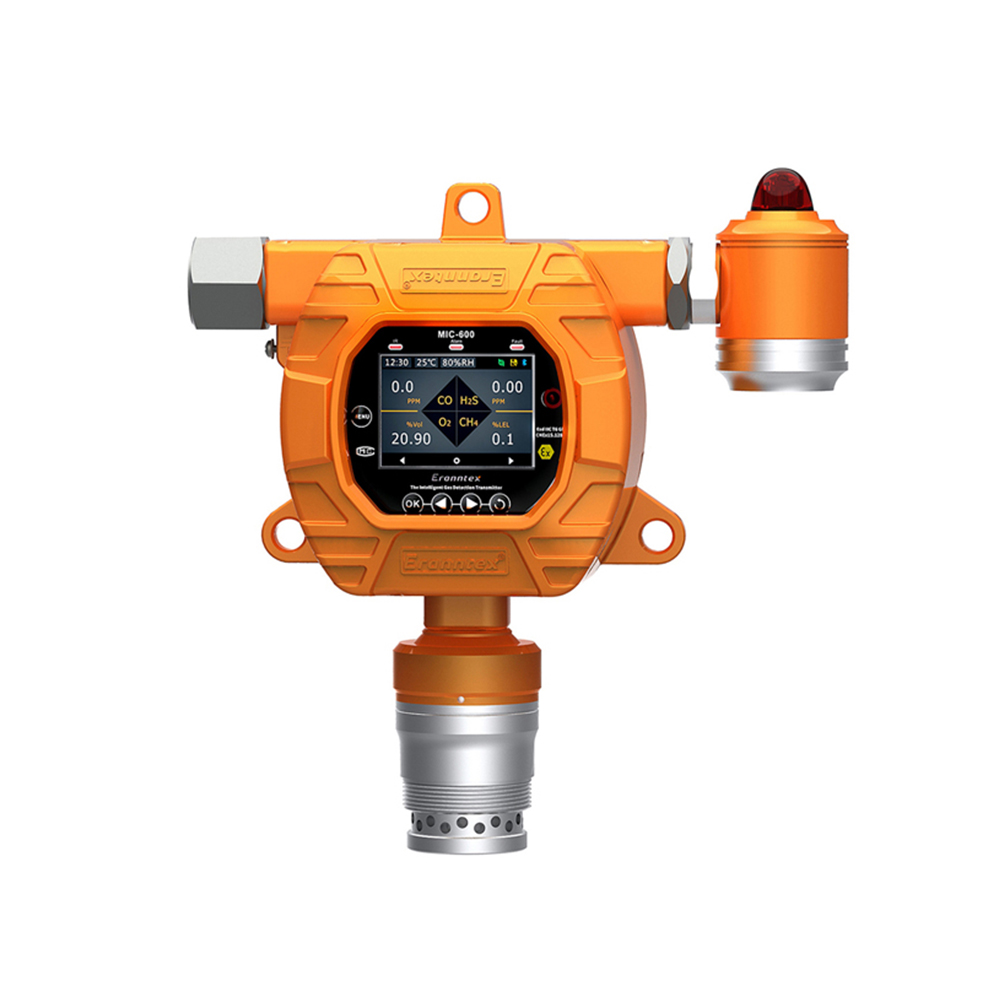
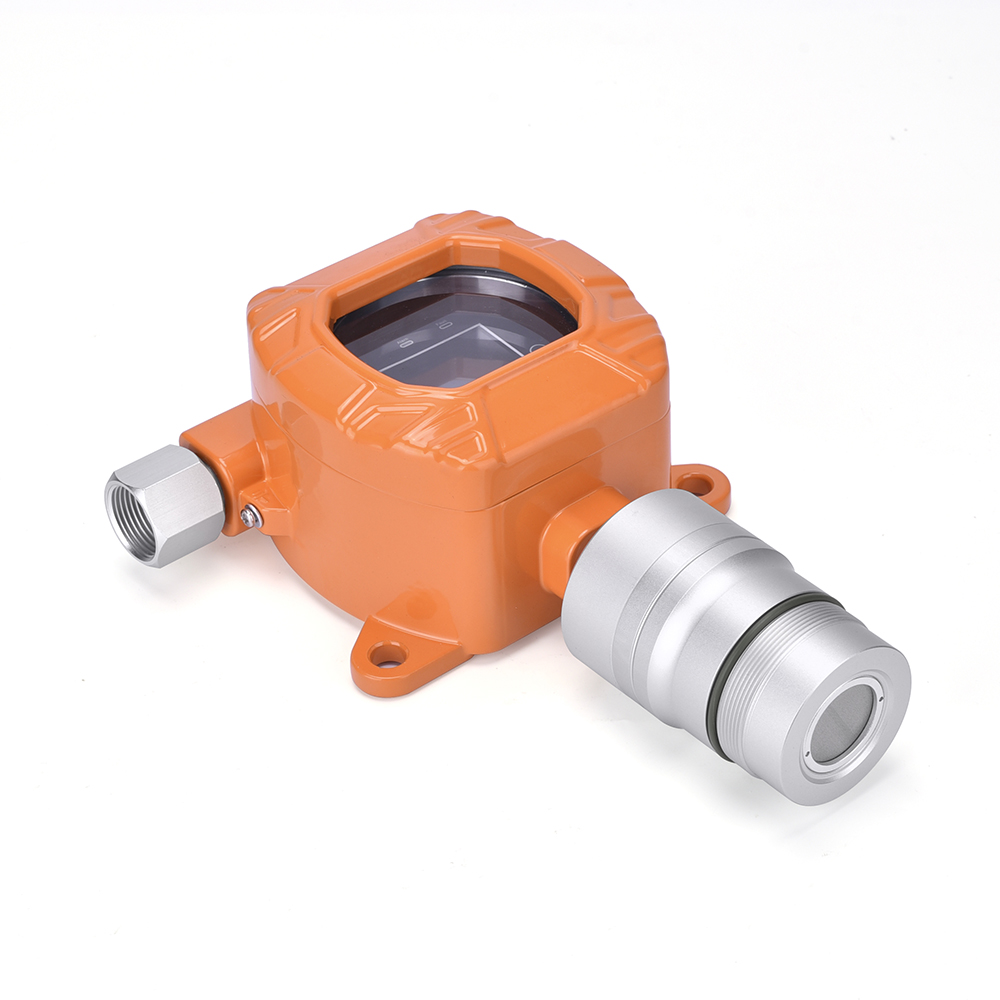
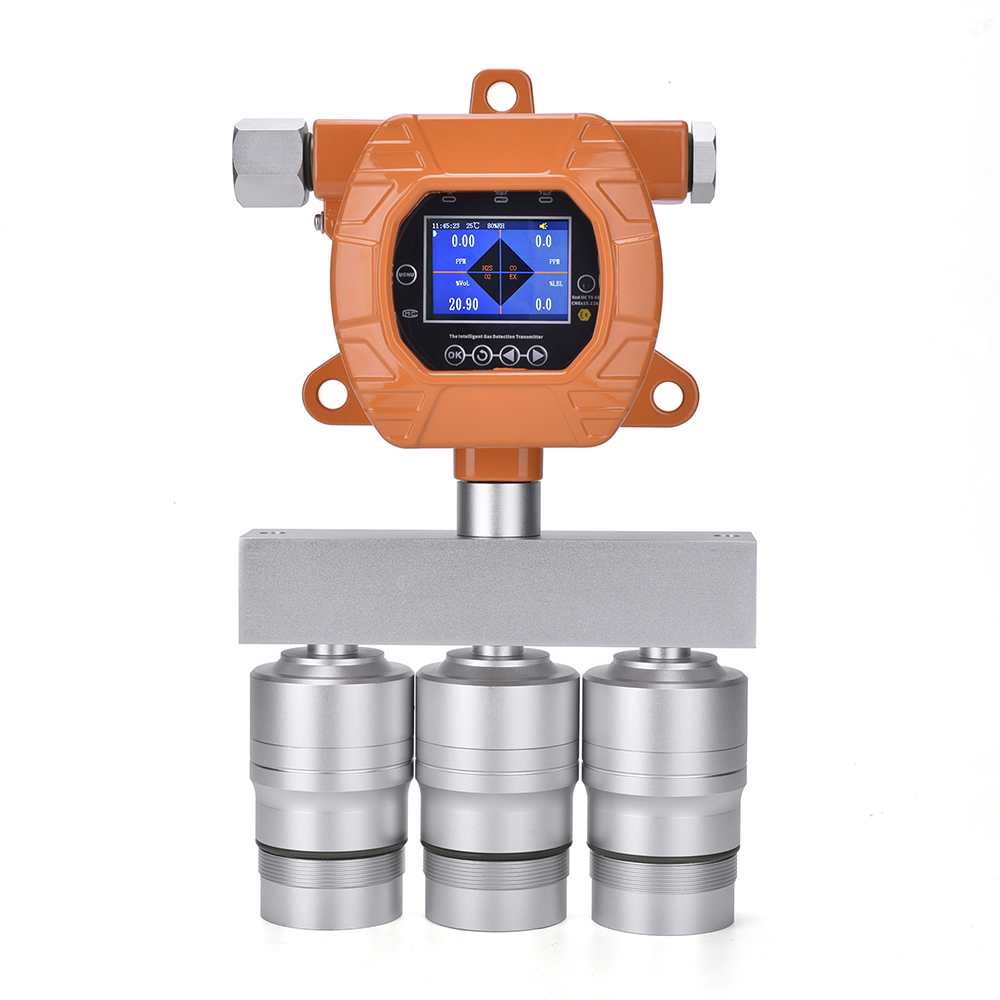

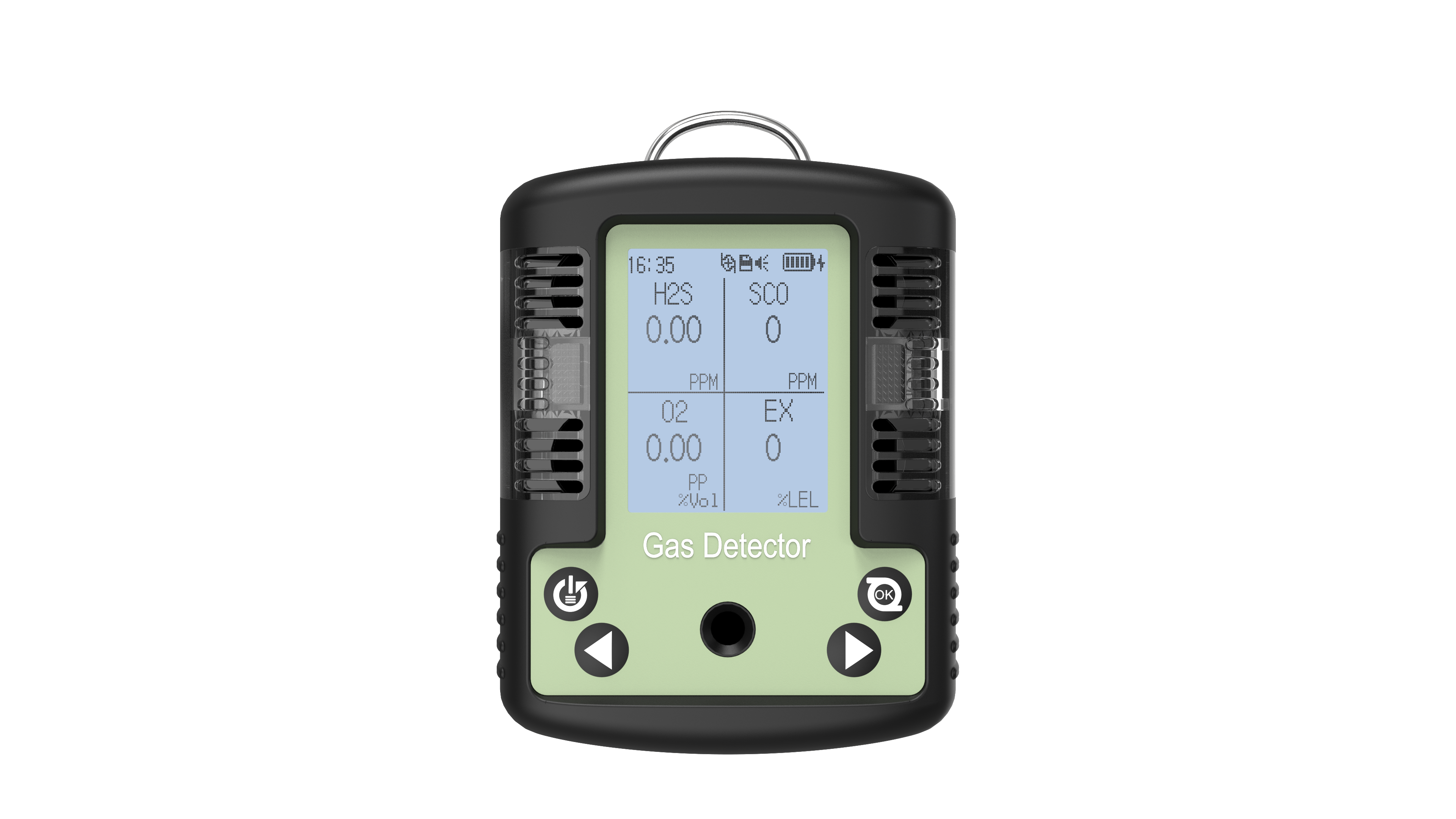


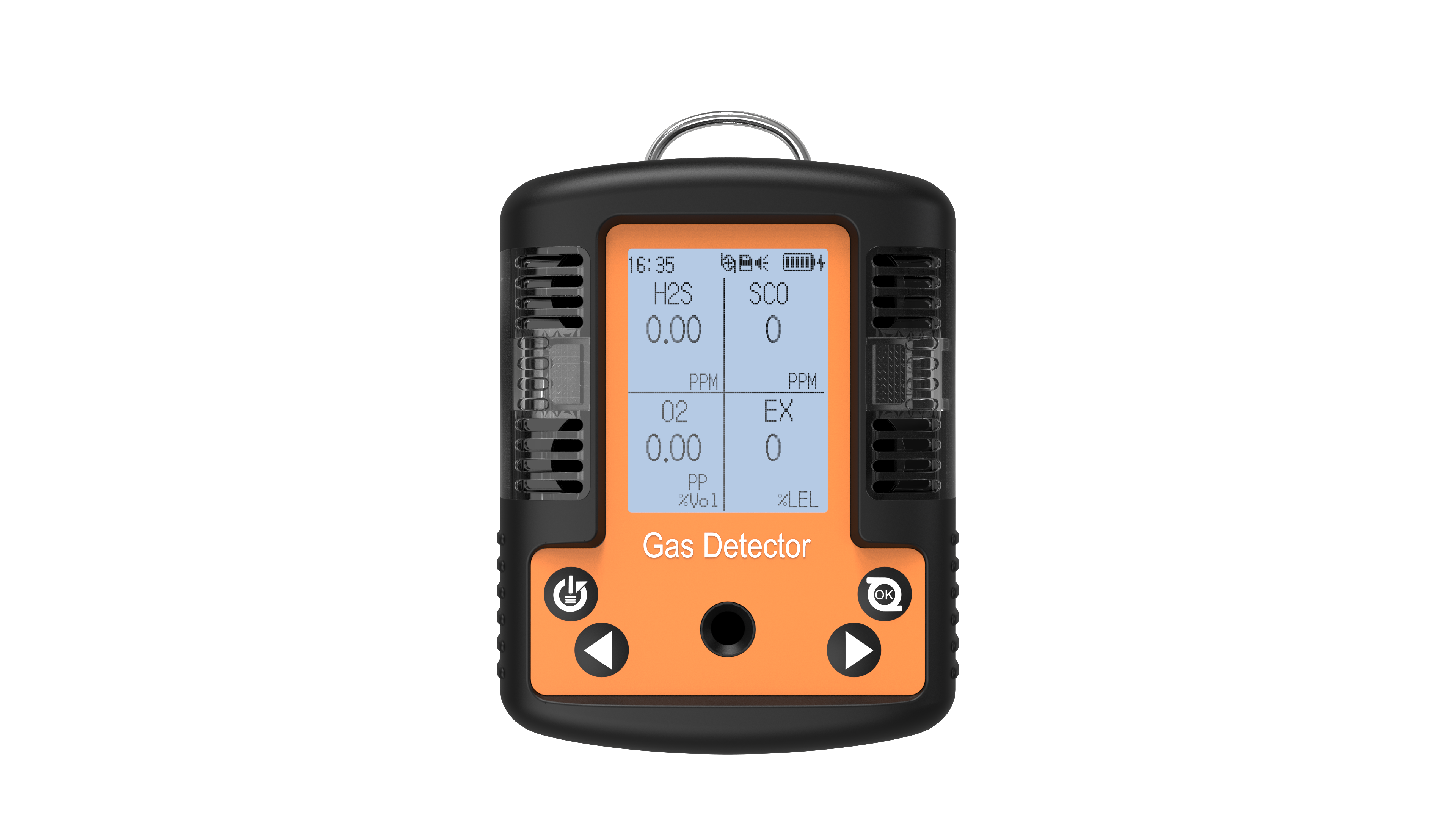
 info@eranntexgas.com
info@eranntexgas.com


 13480931872
13480931872